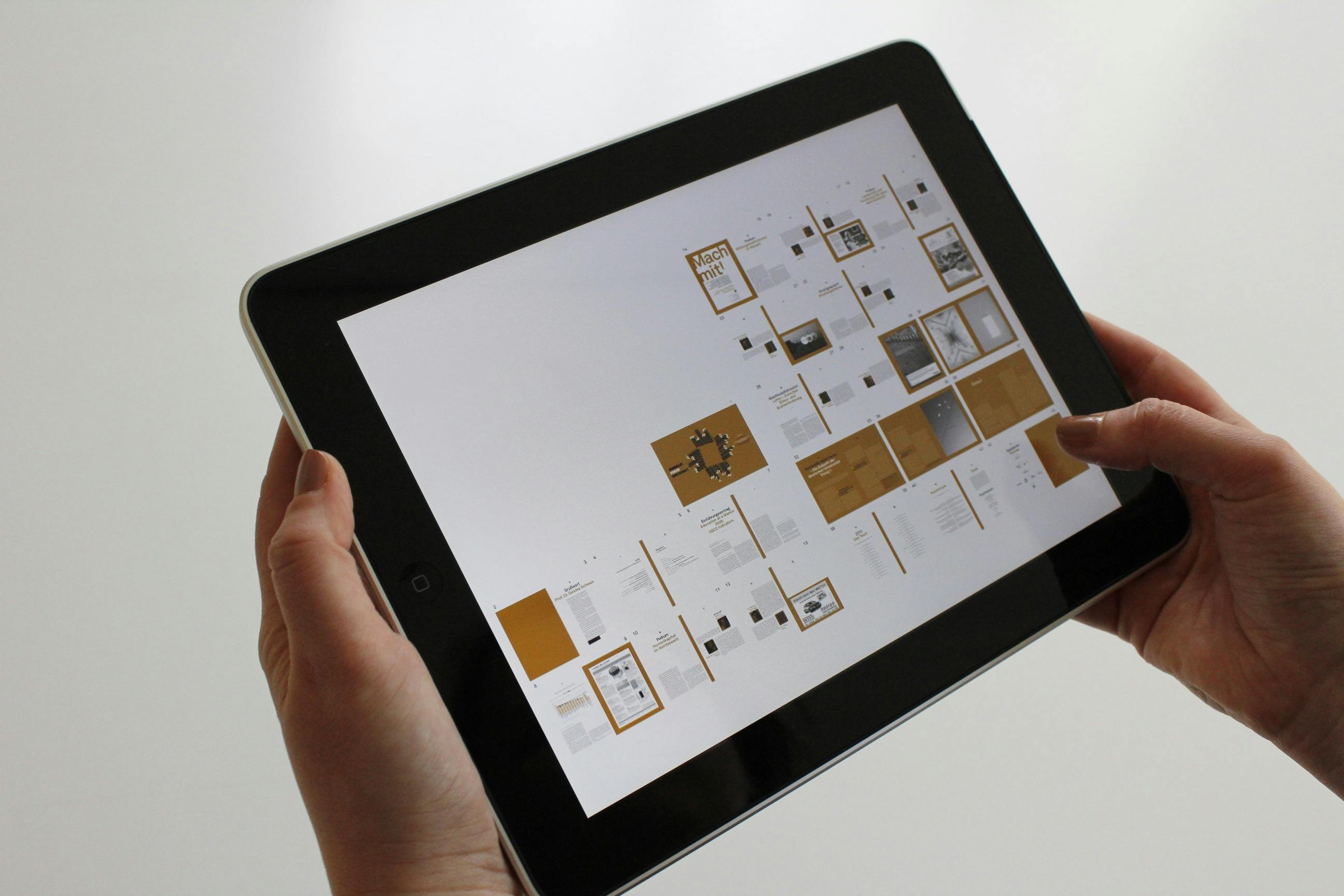The move to the new ICD-10 coding concepts on October 1, 2015 will be a major overhaul for the palliative care community, especially since so much of it is driven by reimbursement diagnosis. ICD-10-CM for Hospice Providers is the replacement coding system for the outdated ICD-9 coding procedure in use for more than 30 years. ICD-9 is out of date, has no room for new codes in many areas, and is not consistent with modern medical practice.
Here are some simple tips to help understand the new system:
- The first three digits identify the category.
- The first digit is alphabetic-always
- The second and third digits are numeric.
- The fourth through sixth positions deal with clinical details: etiology, severity, and anatomical sites.
- Sometimes the seventh character is needed to describe the characteristics of the encounter.
- ICD-10 allows the use of combination codes, which are useful for coding more than one diagnosis or complication.
- A combination code reduces the number of codes for particular patients while providing clear and concise codes to describe a patient.
- The use of alpha coding is allowed in ICD-10. Alpha codes allow for consistency throughout coding as qualifiers for body parts, focus, system, and more!
Home health and hospice codes
After October 1, 2015, all codes submitted to CMS must use ICD-10 coding or they will be rejected. Coding and billing professionals need to understand these concepts and how to apply them to claims to avoid denials.
This is what they should do:
- Identify which of your current and existing processes will need to migrate to ICD-10-CM, for example, electronic health records, clinical documentation, reporting protocols, billing, contracts, and providers.
- Find out if your contracts with providers need an update, this covers payment schedules and reimbursement. Every revenue area for hospice and home care is affected by the change to ICD-10.
- Prepare and plan for interruptions in the billing process due to ICD-10.
- Call your IT provider to determine when and if an ICD-10 update is scheduled.
- Learn about the common ICD-10 codes your agency is likely to use. Try them out to verify billing and reporting accuracy. A competent electronic health record (EHR) is critical to the process.
- An integrated EHR can meet the challenges of the ICD-10 transition for hospice and home health care providers.
- Software designed specifically for your needs should automate the unique process from the start of data collection, through all aspects of the care process.
- Teach and train your staff for this monumental change. For example, providers should consider how to cross-reference their most common ICD-9 palliative care diagnosis codes into ICD-10.
- Hospice providers must renew testing efforts to ensure their system is ICD-10 compliant.
The ICD-10 code set will bring a host of new codes and new coding procedures. Hospice providers should prepare well in advance to take the pulse of this transition.



